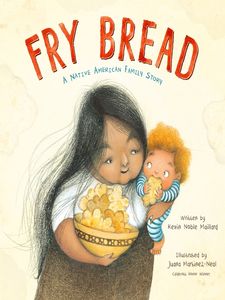Written by: Andrew Clements
Genre: Audiobook, fantasy
Awards: 2016 Phoenix Award
1999 Texas Children's Crown Award
1998-1999 Charlie May Simon Children's Book Award
Summary:
Nick Allen has always been the class clown, making class a little more lively for teachers and other students. Then Mrs. Granger's fifth-grade class put an end to all of Nick's fun. On his first day of class, Mrs. Granger assigns Nick a research assignment: find where words in the dictionary originate. Mrs. Granger is proud of Nick's work and tells him that people choose what words mean. When he finds a gold pen, Nick devises a plan to change the school by changing the language. The school would now refer to pens as frindles. Frindle took the school by storm, leading to issues with the principal, school board, and media. Though Nick struggles with his popularity in fifth grade, he eventually realizes that his knack for trouble-making makes him a leader among his peers. His experience with the frindle teaches him that he cannot prevent change.
Teacher Evaluation:
I think this book would be best for third to fifth-grade classrooms. Frindle would be a fun book for a unit on the structure of language. In my classroom, we would discuss the organization of language and how they're applied. We would break this unit into two main parts: history and writing systems. The history will help students understand why language works and is continually growing. We would analyze different types of texts to see the rules in practice, then write short essays to apply the information.













